Full Coverage: The new TV: How everything is changing
- Share via
Just a decade ago, the electronic hearth seemed in danger of flickering out. Now, television is amid what many call a second "golden age." So just what are we looking at? Shows worth savoring and collecting. Time-shifting, ad-skipping and a ratings slump. Mind-reading sets. Unbundling. Read through our special section on how TV has been upended.

(Emiliano Ponzi / For The Times)
Television in a 'world of video wonders'
A scripted broadcast show — that's television. So's a cable show. But what about a smartphone recording of a cat? Los Angeles Times television critic Robert Lloyd ponders the definition of the medium in 2014.

(Emiliano Ponzi / For The Times)
Behold, your creation
When viewers took control of the TV model, the small screen hit the big time. Los Angeles Times television critic Mary McNamara reflects on the most important thing that didn't exist in the TV universe a decade ago: ownership.

Les Moonves, Shonda Rhimes and Anna Chlumsky. (Peter Foley / Bloomberg; Richard Shotwell / Invision / Associated Press; Ricardo DeArantanha / Los Angeles Times)
Period of adjustment
The likes of Michael Sheen, Les Moonves, Shonda Rhimes and Anna Chlumsky reflect on changes in television and where it's headed.
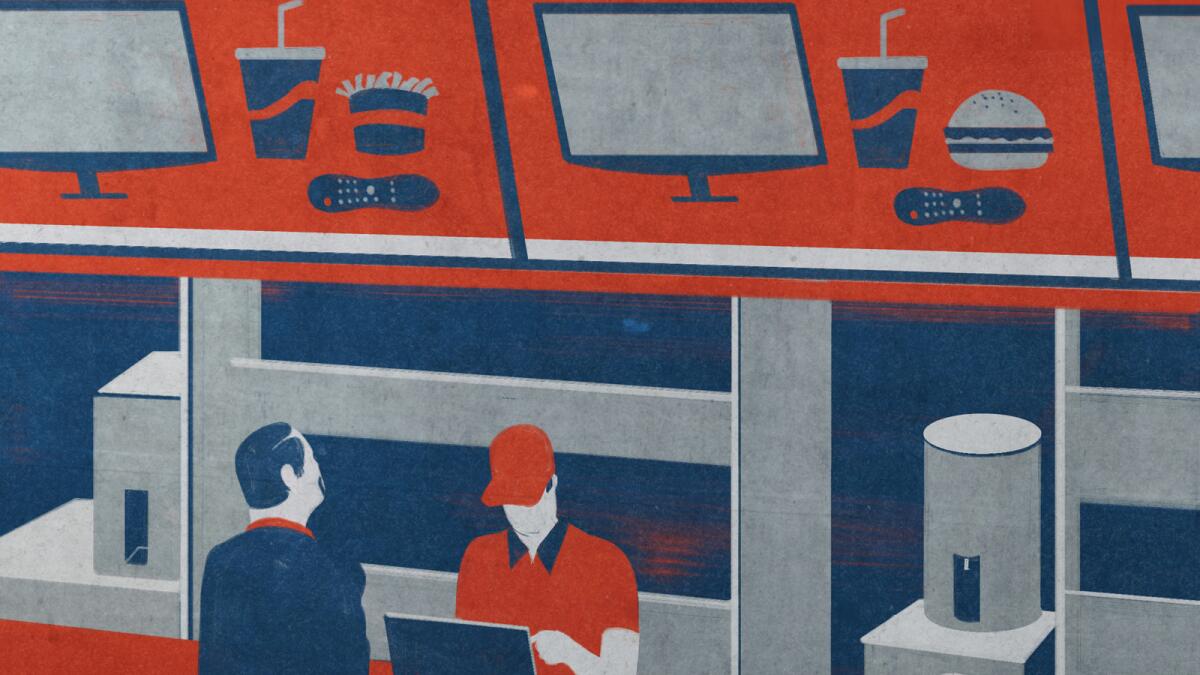
(Emiliano Ponzi / For The Times)
It knows what we want before we do
Algorithms spin out suggestions for more viewing, and getting that right is big biz. Netflix says about half of all its viewing comes from recommendations; at Hulu, it's closer to 75%. Get a look at how content providers try to predict what you want to see.
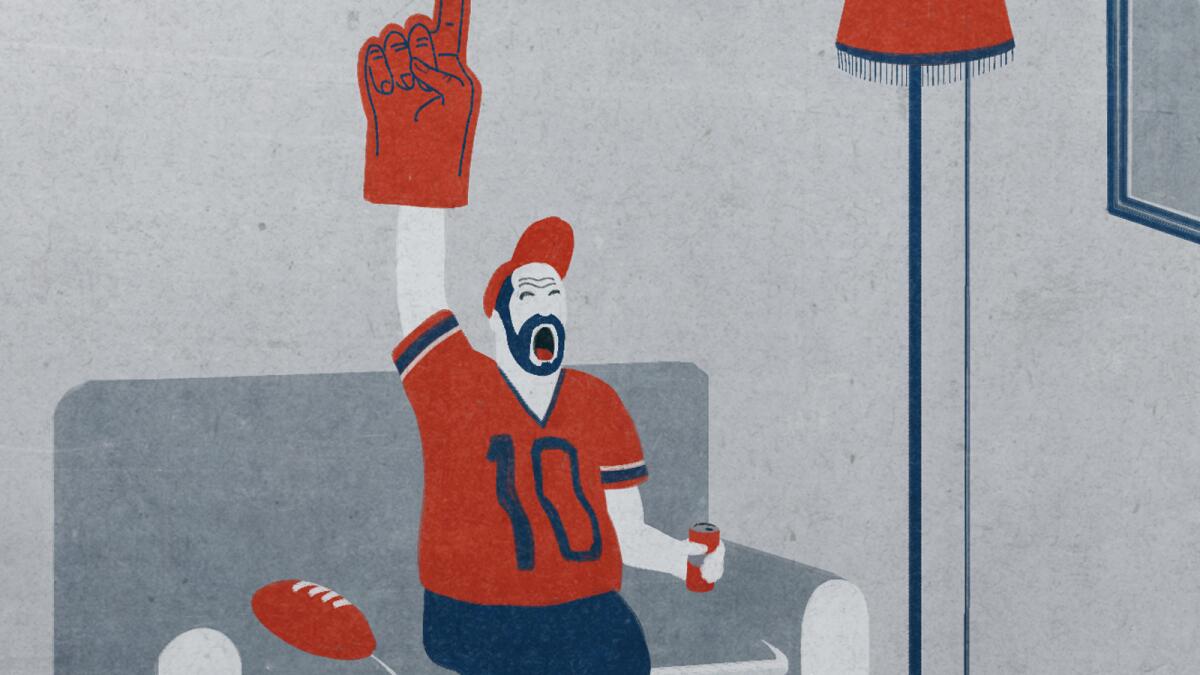
(Emiliano Ponzi / For The Times)
Timing is still everything for networks
While offering more on-demand options, television executives say keeping shows running in the right time slots remains crucial to both viewers and networks. "It's not the same level of critical mass we've seen before. But people are still social beings seeking consensus and connection," said FX Networks' vice president of research.
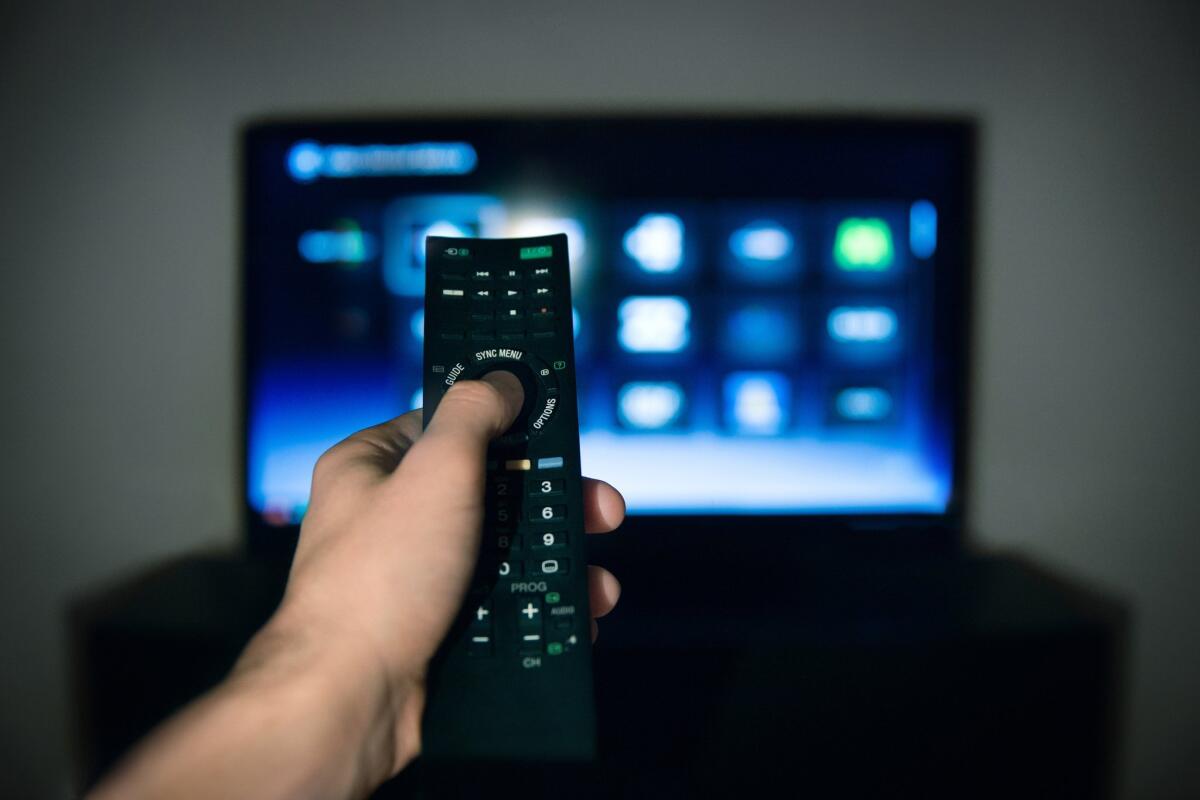
(Fabio / Getty Images / Flickr RF)
'The holy grail' of metrics
TV viewing is hard to keep tabs on: so many devices, so many places, so many times. But the industry needs those numbers. "The holy grail is the ability to measure everyone across all platforms," said the head of research at NBC. "No one is doing that yet."
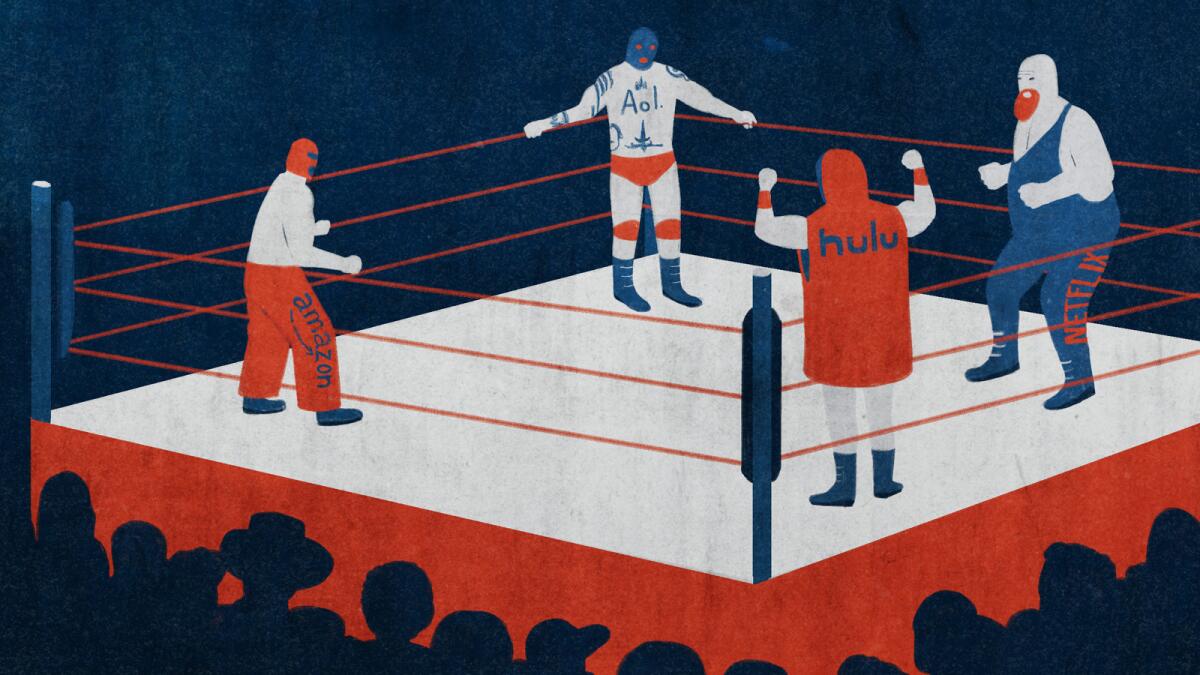
(Emiliano Ponzi / For The Times)
Duking it out digitally
With futures at stake, major programmers are diving into digital streaming, with satellite giants right behind them. How will that play with pay-TV? Stay tuned.
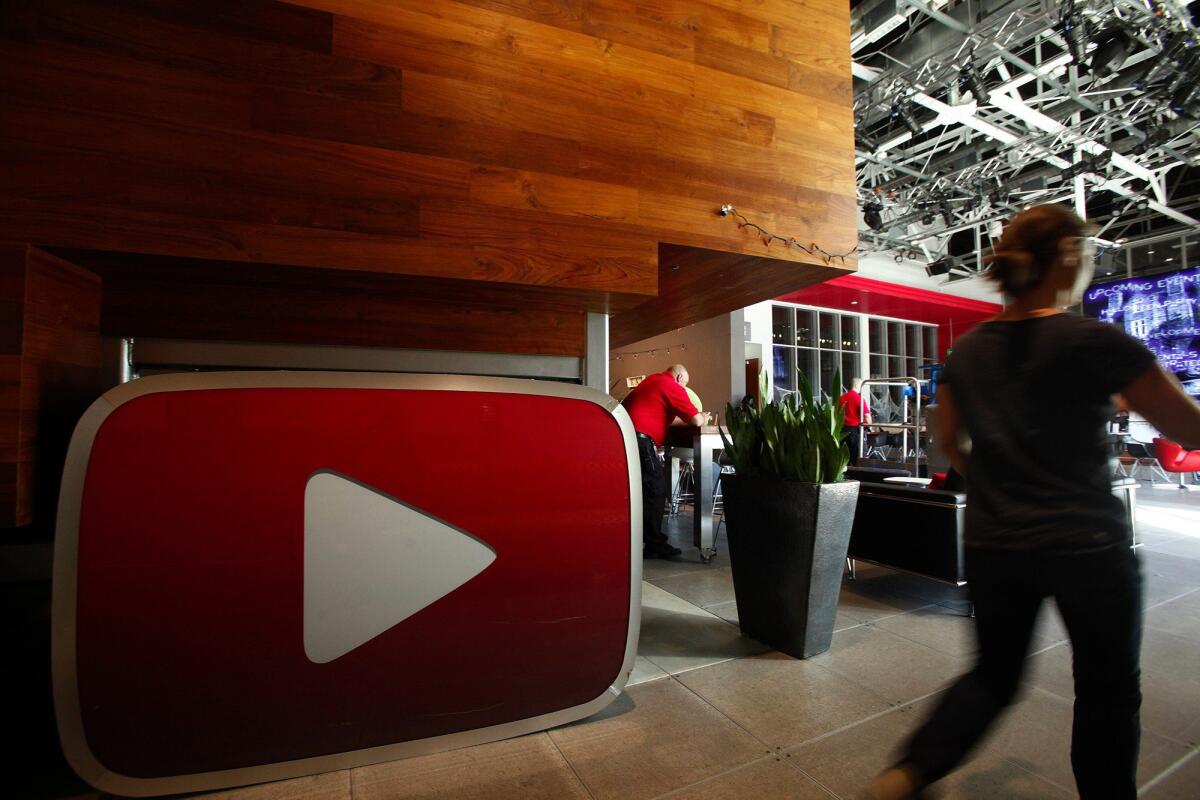
(Genaro Molina/ Los Angeles Times)
Networks' complicated relationship with YouTube
Once seen as a digital upstart, YouTube is now a key aspect to networks' programming and marketing mix. And YouTube has picked up a few things from the TV industry.

(Lorena Elebee/ Los Angeles Times)
More access to channels, but only 9% are tuned
While there may be more to watch these days, it turns out that viewers still keep a tightknit number of channels from which to choose.

(Los Angeles Times Graphics)
How the U.S. spends its time on multimedia devices
A breakdown by age group of the weekly time spent using the top 9 devices.
The complete guide to home viewing
Get Screen Gab for everything about the TV shows and streaming movies everyone’s talking about.
You may occasionally receive promotional content from the Los Angeles Times.



